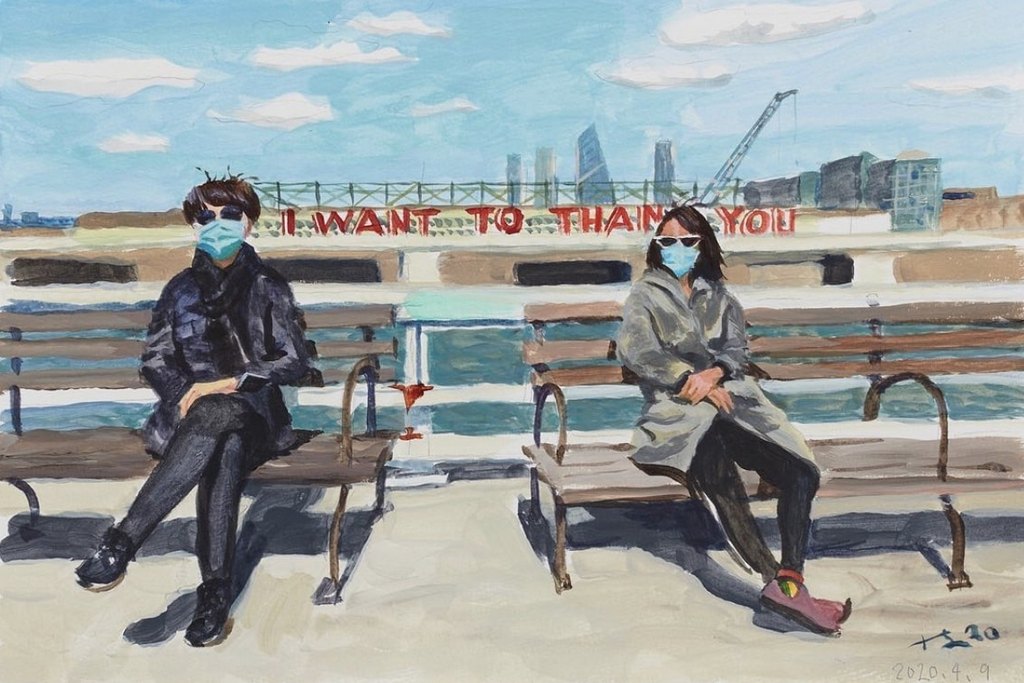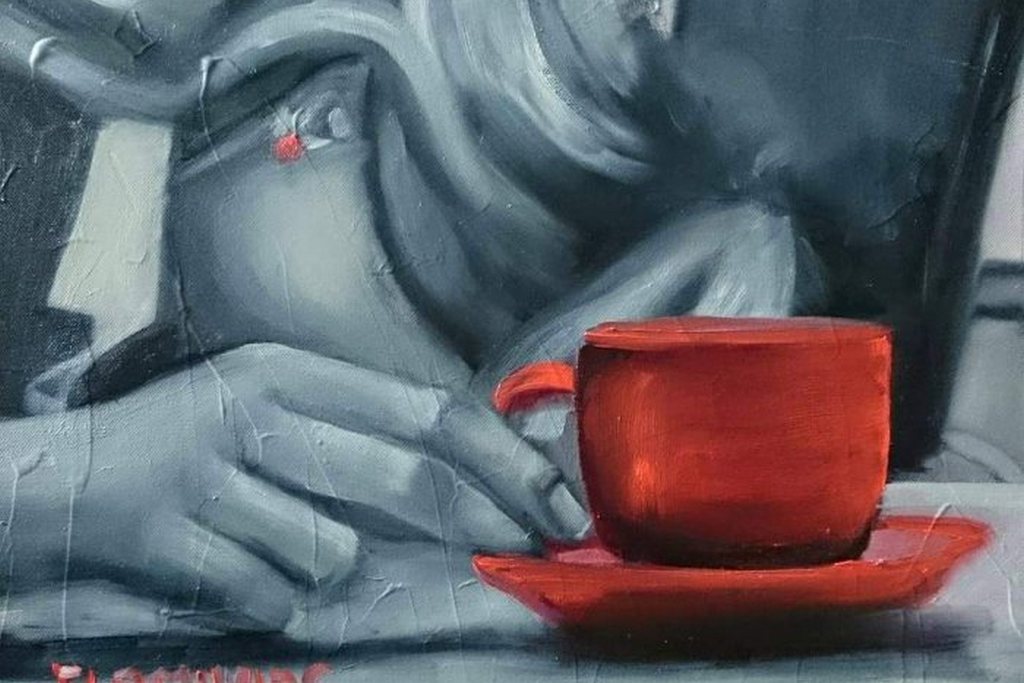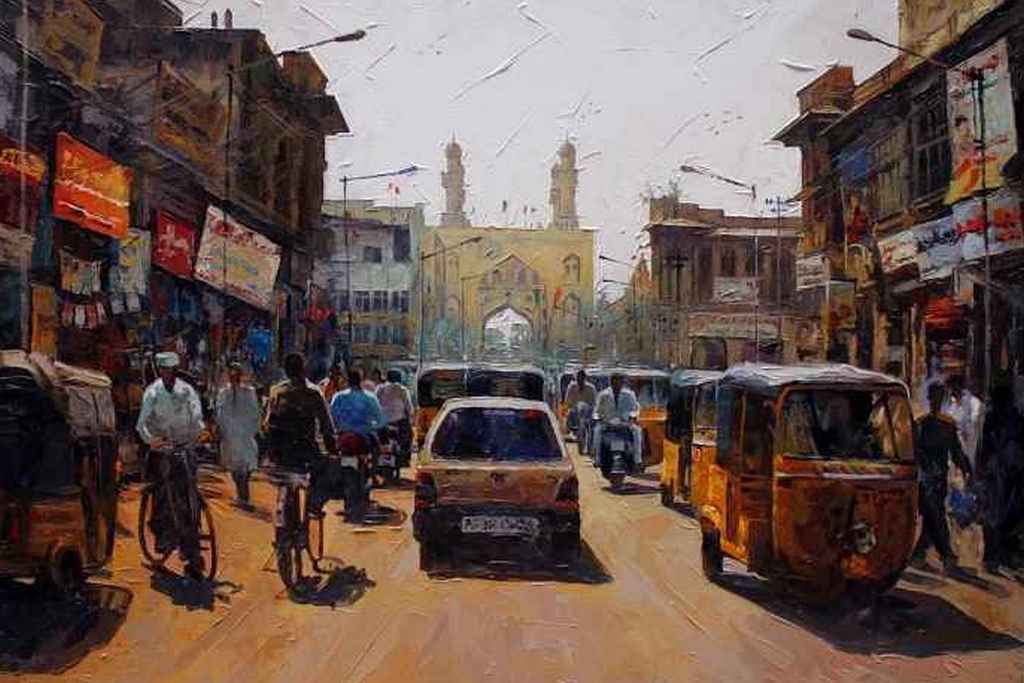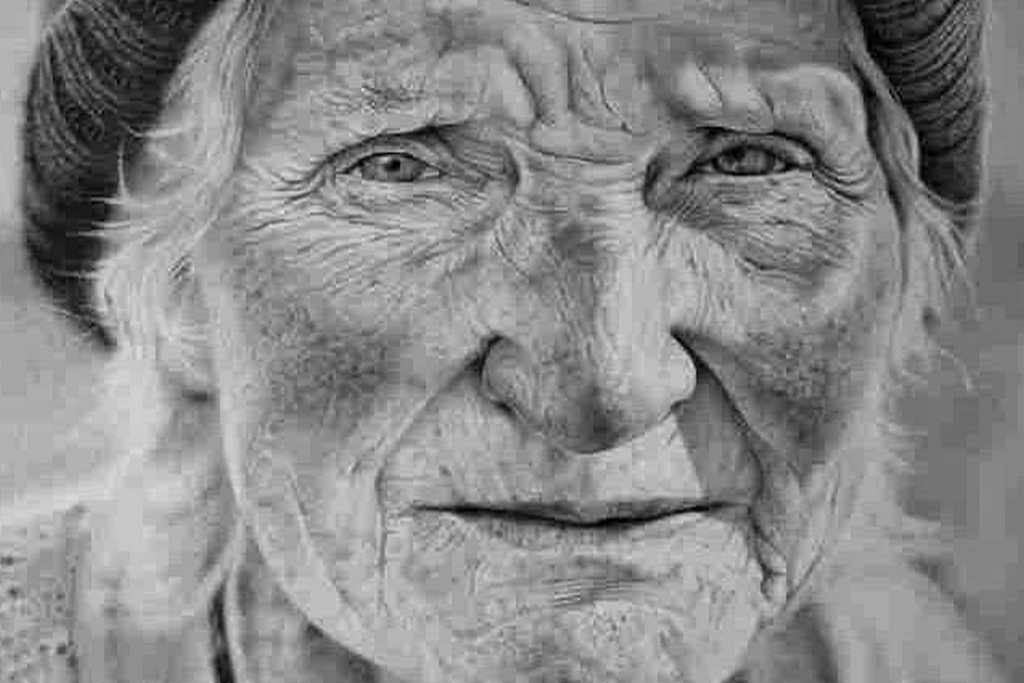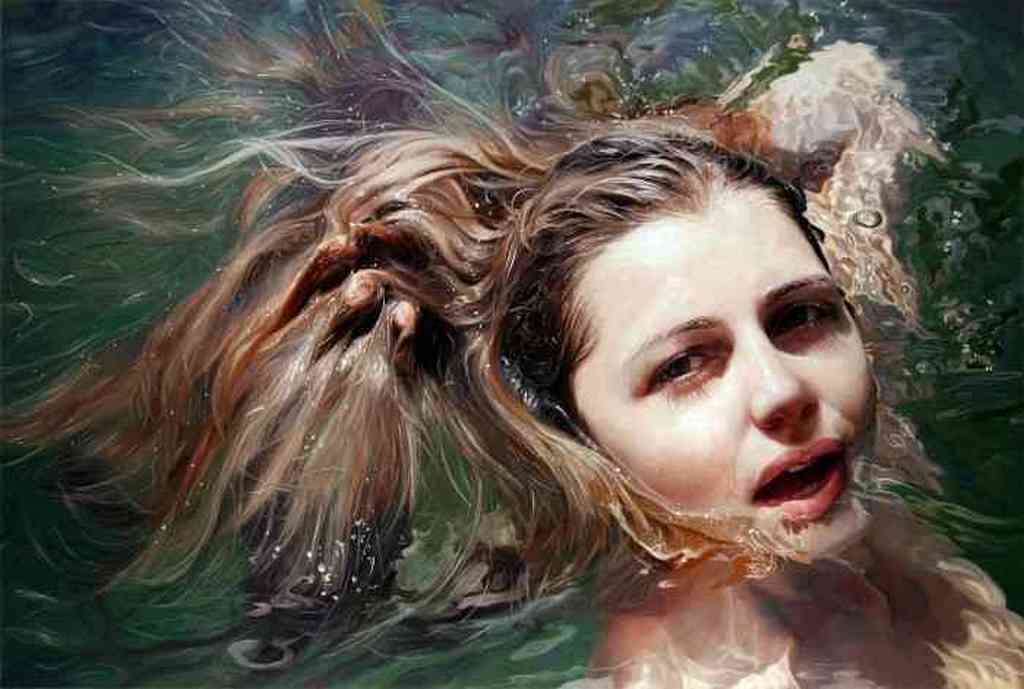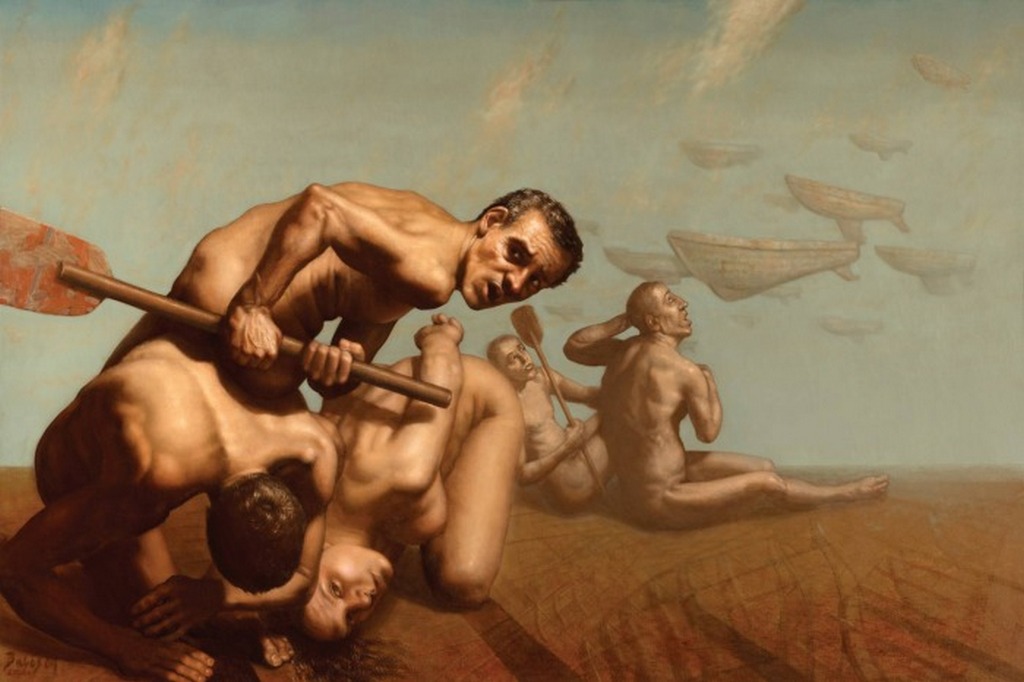What modern artists paint and why they do it is a mystery to most people. But the most surprising thing is that despite the invasion of “numbers,” the radicality of performance art, and total installations, their interest in traditional painting has not disappeared. Hundreds of young artists of the new wave experiment with colors and surfaces, are not afraid to paint after Malevich, Bacon and Rothko, and give a different reading to familiar approaches and genres.
In the twenty years of the painting renaissance, museums and galleries are once again filled with canvases whose subjects have become increasingly shaky and unrecognizable. Painting is becoming like film: genres and techniques are blended together, and the boundaries of kitsch and art are blurred as never before.
Subject
The subject in contemporary painting does not necessarily have to begin and end on the canvas, can exist without shadow or clear outline, and is not at all intended to recall any object or to disprove the canon of how objects were painted. At times it is so elusive that one can only guess at it from the inscription. An object without function but in context would probably be the general description of things in painting in the here and now.
Man
Portrait likeness remains the fate of photography (and not even as art anymore, but as a silent register on Facebook or an iPhone). A person’s emotion does not necessarily have to be portrayed within faces and bodies-as the muscular men from Mashkov’s paintings or Frida with her eyebrows drawn together look at us. What does an artist draw when he draws a person now? First of all his humanity, something alive and elusive, something inherent only in beings who can breathe. Directions of gestures, half-turns of the body, accents of poses, tones of warm-blooded skin, touches of clothing – and the incompleteness of the portrait almost always becomes not only a statement, but also a sign of quality.
The Situation
The genre scene as a storyboard and a frozen picture from the theater disappeared from modern painting almost before anything else. Even in Renoir’s attics girls in hats look not at their suitors, but somewhere between their pipes, lilacs and the sky, and there is no need to catch this gaze. The situation in painting now is conventionally, at a minimum, the living in the dead: from the dog in the chair to the man in the airport. Both are equally flat – perspective kills everything: the hand starts or ends in the railing, the feet go into the staircase, and the hair blends into the background. Boundaries are illusory, and merging with absorption occupies artists most of all now, for amorphousness and transparency are our almost newest and most interesting trait.
Line and Form
The philistine’s nightmare – abstraction – continues, because to paint a fuzzy something that acquires a new essence through color, form and the span of a line is an ethereal painting from scratch, without impression, a painting from the head, coming from impulses. And while most abstract paintings are an investment for spineless collectors and moody banks, the best of today’s abstractionists continue to pick out things from the white noise that do not exist in tangible nature.
Landscape
Nature in contemporary painters is not God’s temple or workshop, nor is it a scenery or pastoral from which all humans have been smoked. On a planet of nearly seven billion people, nature and the environment is a universal utopia, drawn on the dotted line, in which all have been or are caught. It is without end and without edge, manifesting itself either as fields or as minutiae, from a flat children’s coloring book, where the background and characters do not exist without each other. Nature is a huge man without eyes or nose, drowned in ordinariness and timelessness.
Follow us
